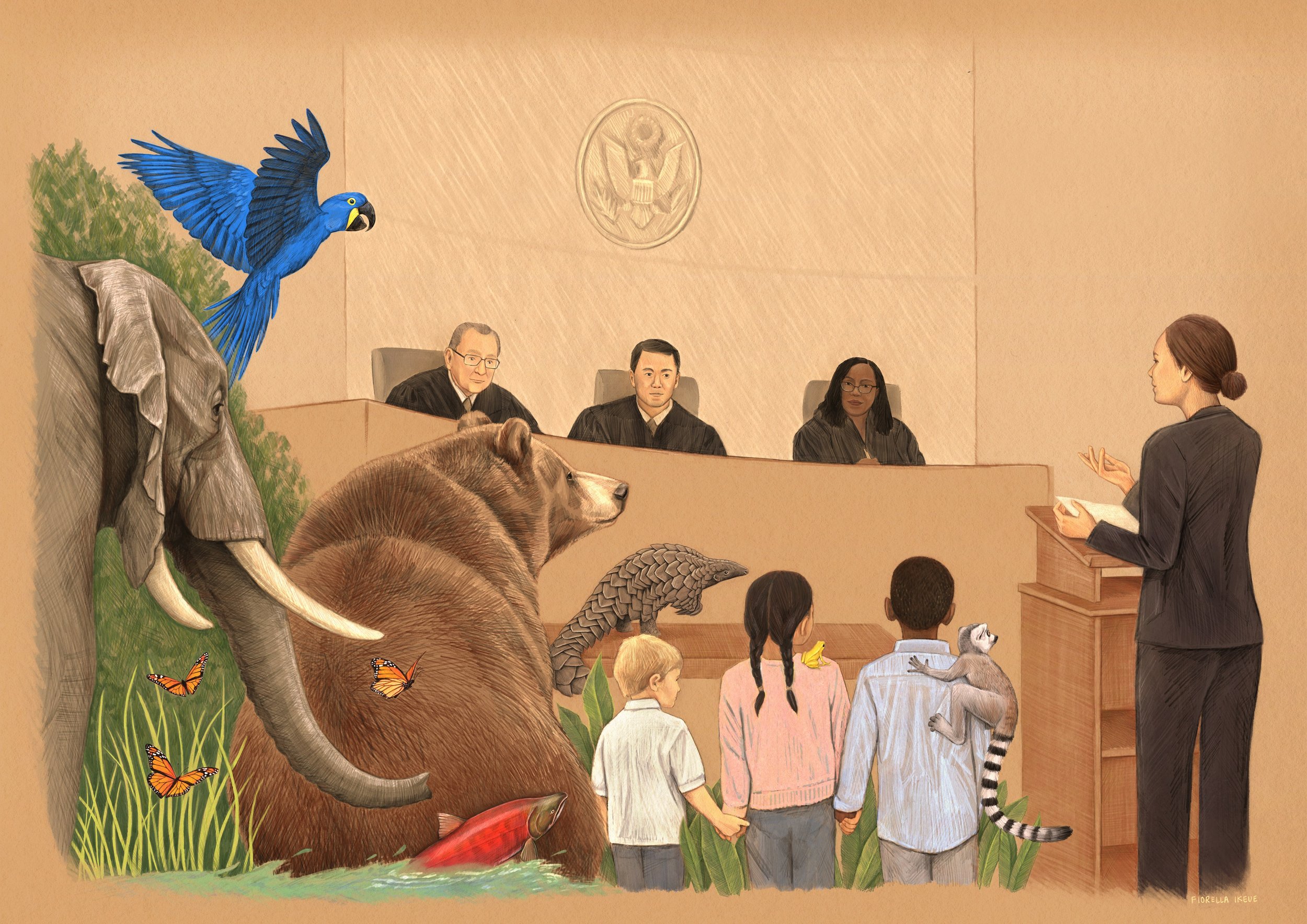
Earth Law Center Blog

Utah Advances Anti-Rights of Nature Bill with Implications for Artificial Intelligence
The Utah state legislature has in recent months been advancing anti-Rights of Nature legislation in the form of H.B. 249, which now awaits the governor’s signature. The bill, known as the “Utah Legal Personhood Amendments,” would explicitly prohibit state governmental entities from granting legal personhood to bodies of water, land, plants, nonhuman animals, and other categories—including artificial intelligence.

Welcome to the Wonderful World of Earth Law
Earth law is the emerging body of law that will protect, stabilize, and restore the functional interdependence of Earth's life and life-support systems at the local, bioregional, and global levels. Earth law may be expressed in constitutional, statutory, common law, and customary law, as well as in treaties and other agreements both public and private.

The Effort to Strengthen Ecuador’s Rights of Nature Laws
ELC has filed a proposal to better protect Ecuador’s forests from mining companies.
Meet Carla Cardenas—Environmental & Forest Expert for ELC
Carla Cardenas is an integral part of the Earth Law Center’s environmental & forest policy. Read up on her unique journey!
Documentary Review: Race to Save The World
Race To Save The World is a documentary that features the various obstacles faced by climate activists as they combat climate change in any way that they can.
